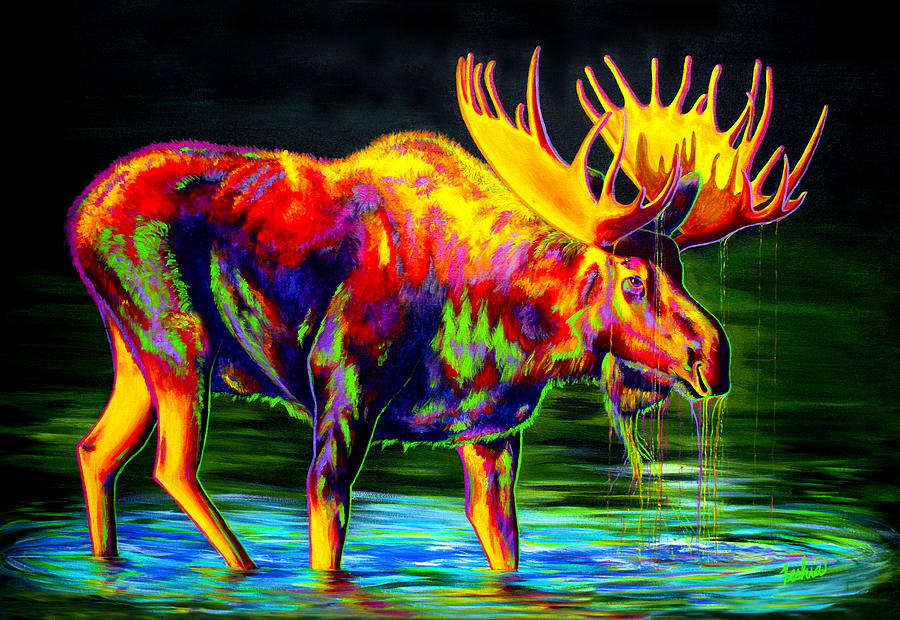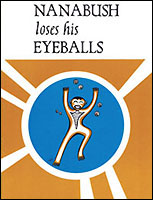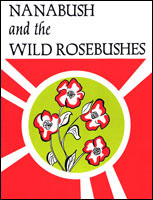 |
| Moose come in these colors right? |
I want to get back to learning Cree so I am going to work on adding a few words a day to my vocabulary. I am starting using this the Tansitv site as the have sound bites of the vocabulary.
Tansi - Hello, how are you?
M'on ana'ntaw - Good thanks?
Kiya maka - How about you?
So, I love tv. Usually only had to two channels, one of which was fuzzy or full of hockey for part of the year but it was magical. It showed people in other places living exciting and shiny lives. I learned about gay people and men who dress as ladies from tv. For some reason, these shows were allowed even when most things weren't in my family/religion. It was a refuge as I moved between parents for the weekend visits.
Now it is a way to see worlds that are different to mine. It is an opportunity to share stories with the family when we don't read the same books. I really liked this Buzzfeed article about why these parents let their children watch "inappropriate" tv. It is a good articulation to the issues of managing tv (or online content really). We have had so many excellent conversations after watching things together. We have talked about history, being cis females, sex, good decisions, gender performativity, growing up, money and on and on.
A couple of nights ago I went to the Aboriginal People's Television Network to check out their shows and watched "The Guilt Free Zone". This show was Foucault come to life. It offered a safe space to talk about sex and decolonize. It even came with the properly dressed gentleman host and a faux Victorian set. The opening dialogue really says it all, that sex was not a bad thing for aboriginal peoples before contact.
This reminded me of the chapter in Kim Anderson's "A Recognition of Being" where she discusses the negative construction of indigenous womanhood, often stressing the sexualization and uncleanliness of the "savage" female body which could be tamed by embracing christiainized social norms of sexuality i.e., that sex is dirty and shameful. This show is a deliberate rejection of this body colonization. Some of the jokes are a little primordial, but this too is part of the fun. Farts and hard ons can be funny. The musical guests were interesting and some of the vignettes quite clever. I like the inclusion of the safe sex element, which came across without being preachy. Parts of it did not work, but the idea overall is great and we quite enjoyed it.
I have also become aware of the need to decolonize our food so I was interested to find a couple of cooking shows on the network. I started watching a show called "Moosemeat and Marmalade." The set up is two men, one a classically trained English chef and the other a Cree Bush chef together who explore the creation of food in each culture. There is a fine line here not to cross that line into "look at what the funny brown person is doing". There are times it got close to the line for me, but I did think in general this issue was well handled. I liked the discussion of how pheasant hunting was important to maintaining the English country side and I like watching Art Napoleon (Cree) hunt, gather and cook.
It was especially exciting when the girls joined me mid beaver skinning "it's sooooo gross" and stayed asking for more episodes. We had a great conversation about hunting and gathering, I share some memories of my mooshum's love of tounge and we listed to people talking in Cree. They liked the humour of the Cree women as they watched the very proper English fellow help cut the moose while in a white dress shirt. They were inspired and decided that we need to make our own bannock today.
TV can be a crutch that we use to hide our real feelings about things that aren't working on our lives or to fill silences in our relationships, but it can also be a powerful tool in showing us different lives and communicating important stories. A final link, this video on one hand is pretty straight forward interview with and Elder picking sage, but there is so much learning in these few minutes. Since I don't have a lot of Elders around at the moment, I appreciate these moments of teaching. How do you use tv? What are you watching?

























